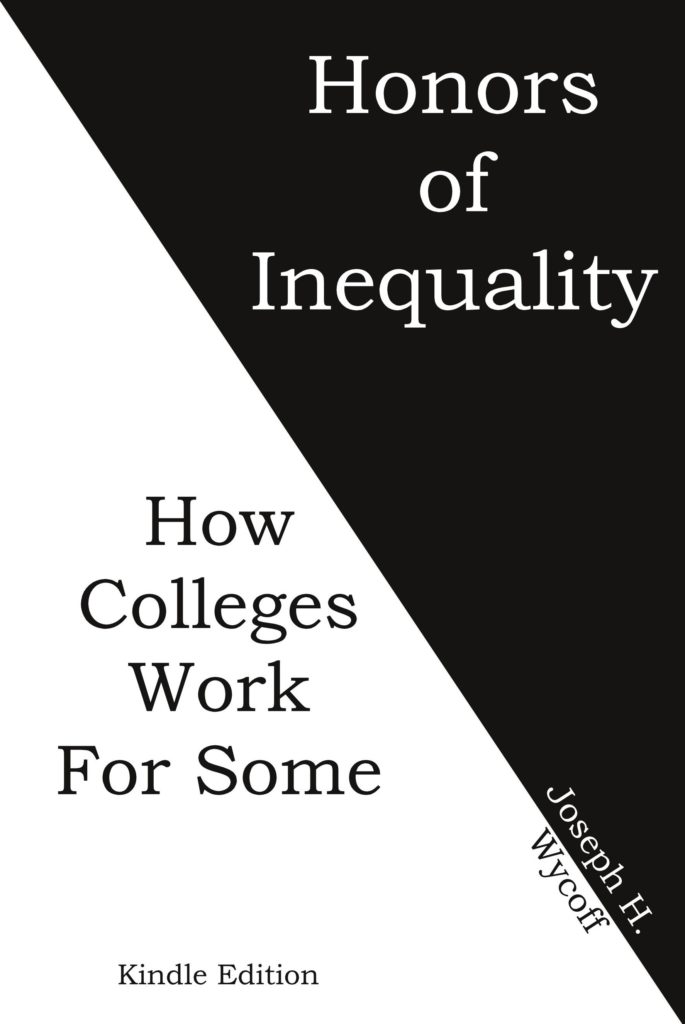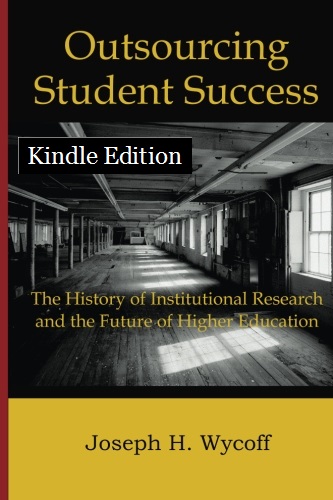| International |
How College Became a Commodity [subscription required] | Neoliberalism was a diverse but coherent and influential body of theory championed by neoclassical economists and politicians — including, of course, the authors’ own intellectual progenitor, James Buchanan. The reimagining of education as a commodity purchased by individuals, rather than a universal public good provided by the state, was an explicit project of neoliberal economists and politicians on both the right and left as they moved to slice and reorganize the welfare state along leaner, more punitive lines. Neoliberalism hardly explains everything about contemporary higher education, but it explains a lot. [Exhibit A: Nearly every article in this week’s news digest speaks of higher education almost exclusively in terms of the private benefits (or burdens) of college education.]
Parents’ Socioeconomic Status is Strongest Predictor of Academic Success | A new U.K. study suggests that a child’s academic success is strongly predicted by the parents’ socioeconomic status and the child’s inherited DNA differences. However, having wealthy and educated parents seems to trump good genes: Only 47% of children in the study sample with a high genetic propensity for education but a poorer background made it to university, compared with 62% with a low genetic propensity but more affluent parents. The researchers found that children with a high genetic propensity for education who were also from wealthy and well-educated family backgrounds had the greatest advantage, with 77% going to University. Meanwhile, only 21% of children from families with low socioeconomic status and low genetic propensity carried on into higher education.
One size does not fit all in higher education | Despite some calling into question the value of a degree education, most Singaporeans are firmly in the other camp. In 2018, when the Organisation for Economic Cooperation and Development (OECD) surveyed 15-year-olds around the world on their degree aspirations, Singapore had by far the highest proportion wanting to go to university. The Paris-based think-tank’s education and skills chief Andreas Schleicher says that the aspirations of young Singaporeans are understandable, as research around the world has shown that those with university degrees command a premium in the marketplace.
India’s education system, arrested by inequality and loopholes in policy, sets poor children up for failure | Only a little over 50 percent of children enrolled in school in India make it to Class 12. Less than half of them enter higher education…But a whole poorly regulated private higher education industry was created by monetising the aspirations of the young and hopeful, in the short-lived IT and engineering boom. Colleges talked up the success of the few as a possibility for the many. In the last few years young people, particularly with engineering qualifications, have been derided as “unemployable”, apparently lacking the technical knowledge and soft skills, including English comprehension, needed in the industry. In truth, even if they had these skills, there are no jobs. And the fact remains that the higher education business that profited from young people’s dreams sold their students short.
| U.S. National |
The Academic Apocalypse | [T]he University of Melbourne’s Simon During portrays the decline of the humanities as a new form of secularization, an echo of past crises of established Christian faith. Once consecrated in place of Christianity, he suggests, high culture is now experiencing its own crisis of belief: Like revelation and tradition before it, “the value of a canon … can no longer be assumed,” leaving the humane pursuits as an option for eccentrics rather than something essential for an educated life.
Seeking a Culture Shift in Graduate Education | The humanities’ dismal tenure-track job market has laid bare some of the profession’s other ugly truths — namely that power imbalances are too often used against graduate students. The Me Too movement has, of course, revealed abuses of a sexual nature in academe. Yet graduate students also increasingly refuse to accept other forms of mistreatment and malpractice as they face poor faculty job prospects. Put another way, if the status quo isn’t a means to an end, then graduate students want graduate school to be more of an end in itself — and an equitable one.
Liberal Arts Pay Off in the Long Run | After 10 years, the return on investment at liberal arts colleges was $62,000, about 40 percent less than the $107,000 median ROI for attending all colleges, found the study, which used data made available on the U.S. Department of Education’s College Scorecard to calculate the net present value of degrees and credentials from different colleges over short and long time frames. But 40 years after enrollment, the return at liberal arts colleges reached $918,000, more than 25 percent higher than the $723,000 median gain at all colleges.
Two Tsunamis are About to Hit Higher Education | For years we’ve asked students to make one of life’s most important decisions essentially blindfolded. We’ve told them a college degree is the surest path to success but have given them little guidance on where to go to college or what major to choose once they get there. As a result, too many students leave with a mountain of debt and a credential that isn’t worth much on the labor market. The new data will help equip students — and their parents — with the information necessary to avoid these costly mistakes in several ways.
A College Education Pays Off: New College Board Report | “Although obtaining a college degree can mean forgone wages during a time when a student is also paying tuition, by age 33 the average bachelor’s degree recipient will have recouped those costs,” explains Jennifer Ma, senior policy research scientist at College Board and a coauthor of the report. “A higher education is an investment that pays significant dividends over the course of a lifetime—even for students who accumulate some debt to obtain a degree.” In 2018, the median earnings of bachelor’s degree recipients age 25 working full time were nearly $25,000 higher than those of high school graduates.
Study Finds Black Students In The US Are Being Crushed By Student Loans More Than Any Other Race | “Black and Latinx graduate students are more likely to go into debt than their white peers, and those who finish end up with much more total debt. Almost 90 percent of Black or African American students who took on federal loans for graduate school and finished in the 2015-16 academic year had debt from undergraduate studies. Black students’ median federal debt for graduate school was about 25 percent higher than that of their white peers, and their total federal debt was $25,000 higher,” Miller wrote.
| U.S. States and Territories |
Pennsylvania lawmakers balance higher education funding with changing economy | Pennsylvania lawmakers looking into changes in higher education funding are focused on how to balance increasing access to higher education with a changing marketplace. The Public Higher Education Funding Commission is working to develop a funding formula for the state’s public institutions. As part of their work, the 19-member commission, which recently held a pair of hearings at West Chester University’s Business and Public Management Center, is identifying factors to determine the distribution of funding among state schools.
Community advocates improved higher education access, equity from new UC president | UCLA students and faculty said at a forum Tuesday they think the next president of the University of California needs to pay attention to issues such as sustainability, inclusivity and accessibility. The forum, which was hosted by the UC and College Futures Foundation, an organization that fights for equity and accessibility for college students, allowed students, faculty and various education organizations to voice their opinions to a special committee tasked with finding the next UC president.
| Institutional |
Eastern Gateway Community College Board Aims To Ease Concerns About School’s Future | With the start of the spring semester just a few days away, Eastern Gateway Community College’s Board of Trustees is trying to assuage the anxiety sparked by its surprise announcement that President Jimmie Bruce and Vice President Jim Miller had been put on administrative leave.
Is Early Decision Reaching Its Limits? | Harvard is different from many early programs in that it is “early action” not “early decision” — meaning that admitted students are not obliged to enroll. But the university is not alone in seeing a minor decline in the number of students who applied early and who were admitted early. There are all kinds of reasons given for the declines — which some say are insignificant.
Do Gateway Courses Foster Inequity? | Last month, I wrote about a major initiative at the University of Michigan to improve gateway courses…They’re supposed to lay the foundation for later work in a department or major, but because they’re so large and often have to cover so much content, they’re hard to make engaging…What’s less well known: Which students are most likely to fail. While outcomes vary by course and campus, research shows that first-generation, lower-income, and underrepresented students have higher rates of D’s, F’s, withdrawals, or incompletes in these courses, even when they are performing well in their other classes.


